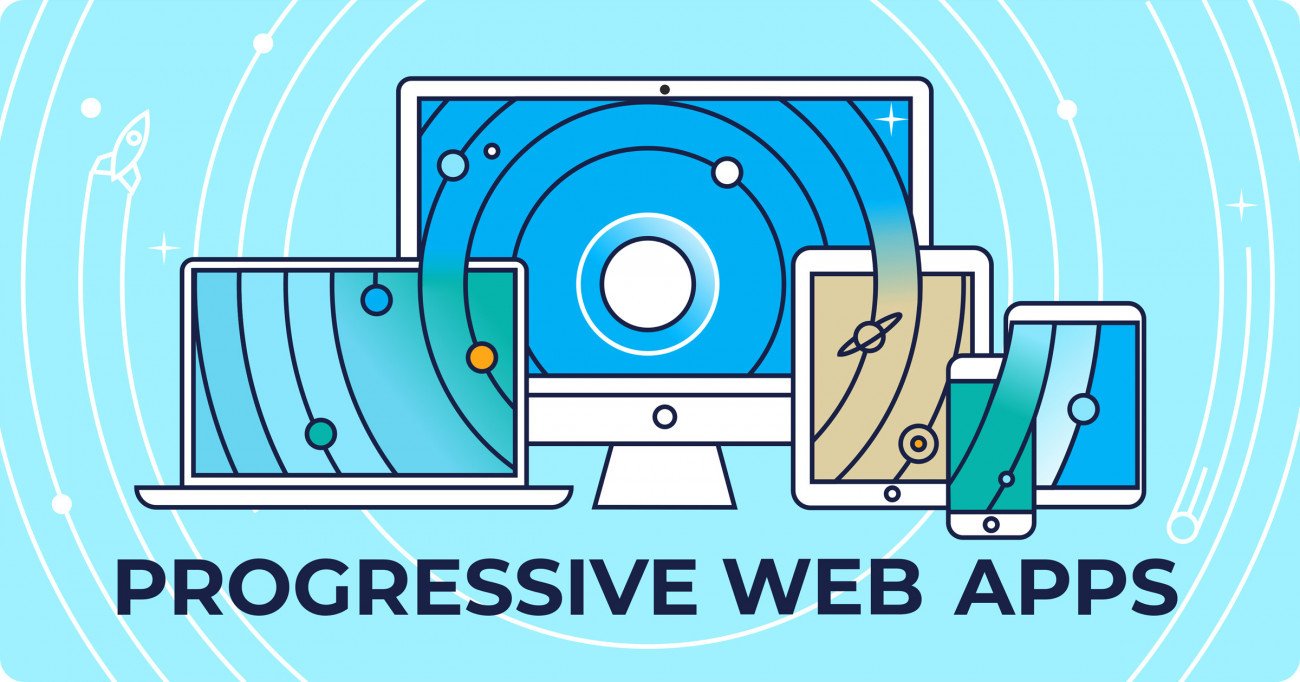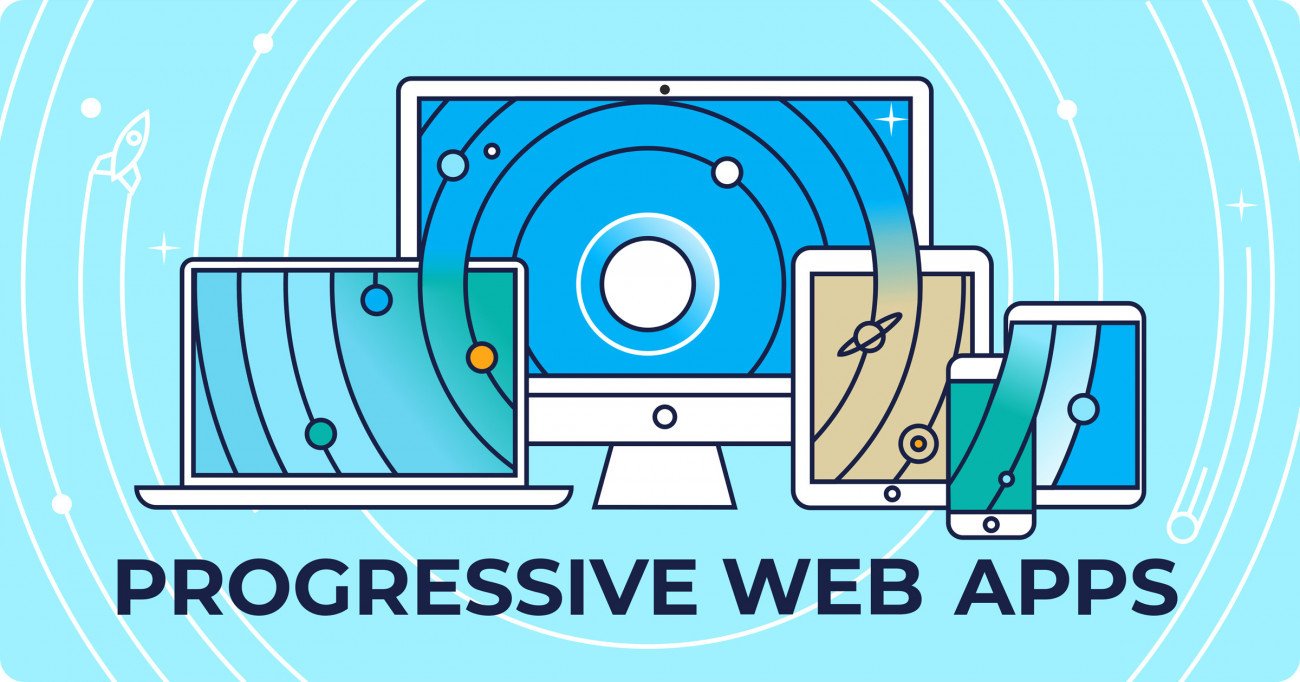
Why Progressive Web Apps Are the Future
Progressive Web Apps are quickly becoming the preferred solution for businesses seeking to provide seamless user experiences without the complexities of native app development. But what exactly are PWAs, how do they work, and why are they gaining so much popularity? Let’s dive in. What Is a Progressive Web App? A Progressive Web App (PWA) is a web application that leverages modern web technologies to deliver an experience comparable to a native app. Unlike traditional mobile apps, PWAs are accessed through a browser but provide features such as offline access, push notifications, and smooth, fast performance that you would expect from a native app. Offline access is achieved through service workers, which cache content, allowing users to interact with the app even with an unstable or no internet connection. PWAs can be added to the home screen, launching in full-screen mode, much like a native app, thanks to the web app manifest. They also run securely on HTTPS to protect users’ data. Key Features of a Progressive Web App What makes PWAs stand out from traditional websites and native apps? Here are some of their defining features: Offline Access: Service workers enable PWAs to cache content, allowing users to browse even without a stable internet connection. Fast and Responsive: PWAs load quickly, thanks to cached data. Speed is crucial, as users tend to abandon pages that take more than 3 seconds to load. Push Notifications: Like native apps, PWAs can send users push notifications, even when the app isn’t in active use. This helps businesses stay engaged with their users. Add to Home Screen: Users can easily add the PWA to their device's home screen without having to download it from an app store. Cross-Platform Functionality: PWAs work across all platforms, such as iOS, Android, and desktop, without the need for separate codebases. Progressive Web Apps vs. Native Apps While PWAs and native apps share similar goals—providing seamless, app-like experiences—there are important differences: Installation: Native apps must be downloaded from an app store, while PWAs are accessible via a browser and can be added to the home screen with a single tap. Development: Native apps require platform-specific development (iOS, Android), whereas PWAs are built once and work across all devices. Cost: PWAs are more cost-effective to develop, as they don’t require multiple versions for different platforms. Why PWAs Are the Future That’s Already Here As technology advances, the way we experience digital content is evolving. PWAs are often described as the future of the web, but the truth is—they’re already here. Here’s why PWAs are leading the shift in how we engage online: Improved Accessibility: PWAs eliminate the need for users to download or install anything, making them highly accessible. This ease of use opens the door to a broader audience. Seamless User Experience Across Devices: PWAs offer a unified experience across all devices. Whether on a desktop, tablet, or phone, users can transition smoothly without losing functionality. Cost Efficiency and Faster Development: PWAs require just one development cycle and work across platforms, making them cost-efficient and faster to develop than native apps. Backed by Industry Giants: Companies like Google and Microsoft are heavily supporting PWAs. This backing ensures that PWAs are not just a passing trend but a significant part of web development's future. Examples of Popular Progressive Web Apps Several well-known companies have adopted PWAs with impressive results: Twitter Lite: Twitter’s PWA reduced data usage by 70% and increased engagement. Starbucks: Starbucks’ PWA doubled daily active users by offering offline functionality. Pinterest: Pinterest saw a 60% increase in engagement and a 40% increase in revenue after launching their PWA. Benefits of Progressive Web Apps for Businesses Here are the key reasons why businesses are embracing PWAs: Cost-Effective Development: Developing one app that works across all devices reduces both development time and costs. Better User Experience: Faster load times, offline capabilities, and push notifications provide users with an experience that rivals native apps. Higher Engagement and Conversion Rates: Businesses such as AliExpress have seen significant boosts in engagement and conversions after adopting PWAs. Increased Accessibility: With PWAs accessible from any browser, businesses can reach a much larger audience than with mobile apps restricted to specific platforms. Why PWAs Are Here to Stay In conclusion, Progressive Web Apps offer a unique blend of the speed, reliability, and engagement of native apps while remaining accessible through the web. As businesses continue to seek ways to improve user engagement and accessibility without breaking the bank, PWAs will remain a key solution. If you’re looking for a way to deliver a top-notch digital experience across platforms, now might be the perfect time to invest in developing a Progressive Web App. View more



